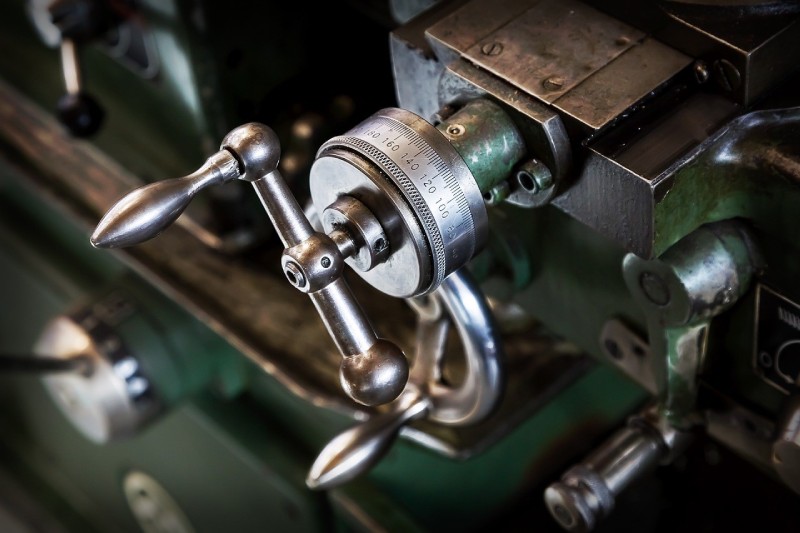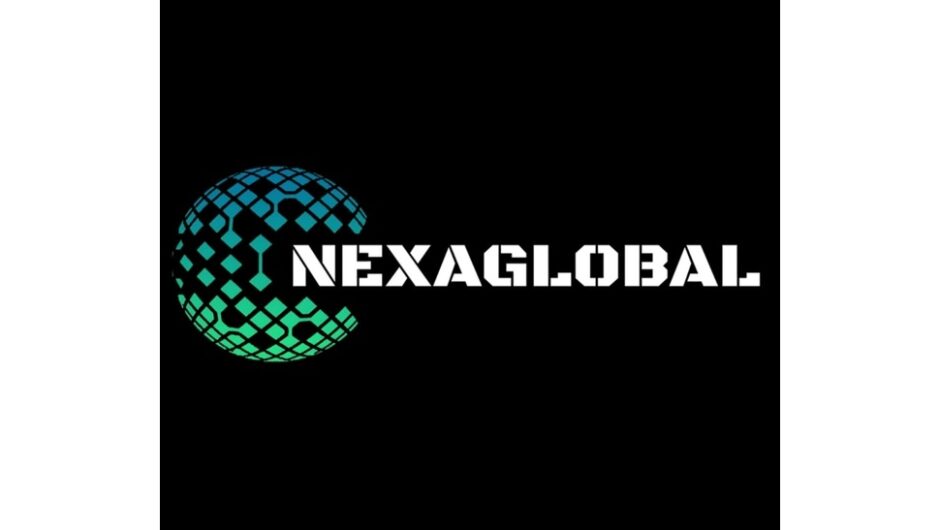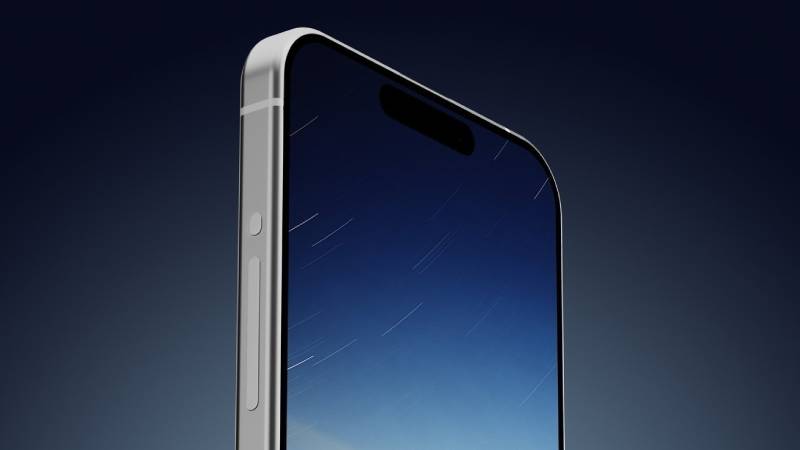CNC (Computer Numerical Control) machining has transformed modern production by providing unsurpassed precision and efficiency. However, the process from raw material to final product does not stop with machining. Surface finishes are critical for ensuring that parts meet the highest requirements of surface quality, durability, and aesthetics. This post goes into the top five finishing techniques that every manufacturer should be aware of, discussing their applications and benefits and providing practical examples of their use.
1. Polishing
Polishing is a finishing technique that improves the surface quality of CNC-machined items by removing roughness and leaving a smooth, shining finish. This approach is especially useful for components that require great aesthetic appeal or must adhere to strict cleaning standards, such as those used in the medical and aerospace industries. When it comes to CNC finishing, polishing is a prime example of achieving the desired surface quality. Let’s look at some practical examples:
- Medical Devices: Surgical instruments and implants often undergo polishing to ensure they are free from surface imperfections that could harbor bacteria or cause irritation in patients.
- Automotive Parts: Polished metal components, such as engine parts or exterior trim, not only look better but also function more efficiently by reducing friction.
2. Anodizing
Anodizing is an electrochemical technique that thickens the natural oxide coating on the surface of metal objects, primarily aluminum. This method improves corrosion resistance, wear resistance, and surface hardness while also allowing for the addition of brilliant colors via dyeing. Below are practical examples:
- Consumer electronics: Many smartphone and laptop bodies are anodized to create a long-lasting, scratch-resistant finish that may be customized to match brand aesthetics.
- Architectural Components: Anodized aluminum window frames and facades are highly resistant to weathering and retain their appearance with time.
3. Powder Coating
Powder coating is the process of putting a dry powder on a metal surface and then curing it with heat to achieve a hard, permanent finish. This technology is extremely adaptable, with good resistance to corrosion, impact, and abrasion. It also has a diverse selection of colors and finishes, including matte, gloss, and textured effects. Unlike typical liquid paints, powder coating does not run or drop, resulting in a more even and consistent application.
The procedure is also environmentally favorable because it creates fewer volatile organic compounds (VOCs) and allows for the recycling of overspray powder, hence minimizing waste. Furthermore, powder coating can be applied to a wide range of materials other than metal, such as polymers and composites, expanding its application across sectors. Its durability and aesthetic flexibility make it an excellent choice for both functional and ornamental applications. Let’s also look at some examples:
- Industrial Machinery: Powder-coated machine parts are resistant to hard operating environments while maintaining their beauty and effectiveness.
- Outdoor Furniture: Powder coating is perfect for outdoor metal furniture because it provides long-term protection from the weather.
4. Electropolishing
Electropolishing is an electrochemical procedure that eliminates a small layer of material from the surface of metal objects, leaving a clean, mirror-like finish. This technique is particularly useful for increasing corrosion resistance, reducing surface roughness, and eliminating surface impurities. Electropolishing improves overall finish quality by selectively dissolving the metal’s high spots, resulting in a more uniform and shiny surface. It is especially useful for elaborate and sophisticated pieces that would be difficult to polish using typical mechanical methods.
The technique also improves the part’s durability and performance by removing microbursts and other flaws that can cause stress concentrations. Furthermore, electropolished surfaces are easier to clean and sterilize, making them suitable for use in the medical, pharmaceutical, and food processing industries. Improved surface smoothness decreases friction, which is beneficial for moving parts and components that interface with fluids. Here are some examples
- Pharmaceutical Equipment: Components used in medication manufacture are frequently electropolished to provide contamination-free and easy-to-clean surfaces.
- Food Processing Equipment: Electropolished surfaces inhibit bacterial development and facilitate cleaning, ensuring adherence to high hygiene requirements.
5. Bead Blasting
Bead blasting is a technique that uses small glass beads or other abrasive materials to provide uniform, matte finishes on CNC-machined objects. This process is useful for reducing surface flaws, achieving a non-reflective finish, and prepping surfaces for additional coating or painting. Bead blasting cleans and polishes the surface by bombarding it with small beads under high pressure while leaving the part’s dimensions unchanged. It is a versatile process that works with a variety of materials, including metals, polymers, and composites.
The technique also improves the adhesion of subsequent coatings or paints by producing a somewhat roughened texture. Furthermore, bead blasting can be used to achieve a specific aesthetic, such as a frosted or smooth finish, making it useful in both industrial and ornamental applications. It is a low-cost and effective method of improving the surface quality and appearance of CNC-machined parts, ensuring that they fulfill precise specifications and aesthetic requirements. Here are some practical examples of bead blasting.
- Aerospace Components: Bead blasting cleans and prepares parts for bonding or painting, resulting in a robust and durable finish.
- Automotive Restoration: Bead blasting is commonly used by classic car restorers to clean and prepare metal parts before painting, preserving the vehicle’s structural integrity and look.
Conclusion
Understanding and applying the appropriate CNC finishing processes is critical for manufacturers seeking to make high-quality, long-lasting, and visually appealing goods. Each approach has distinct advantages, making it appropriate for a variety of applications across sectors. Polishing, anodizing, powder coating, electropolishing, and bead blasting are among the most effective procedures for improving the functioning and look of CNC-machined parts.
Companies that include these finishing techniques in their manufacturing processes may ensure that their goods satisfy the highest quality and performance standards. Whether for medical devices, consumer electronics, industrial machinery, or aerospace components, the appropriate CNC finishing process might mean the difference between success and failure in today’s competitive market.
These finishing procedures not only improve the visual appeal of the final products, but also improve their performance, longevity, and adherence to industry specifications. Mastering these strategies is critical for manufacturers to remain competitive in a continuously changing technological landscape. With improvements in CNC machining and finishing technology, the potential for innovation and improvement are limitless, indicating a future in which production will continue to push the frontiers of precision and quality.
Topics #CNC #CNC finishing #CNC finishing process #Computer Numerical Control #manufacturer











